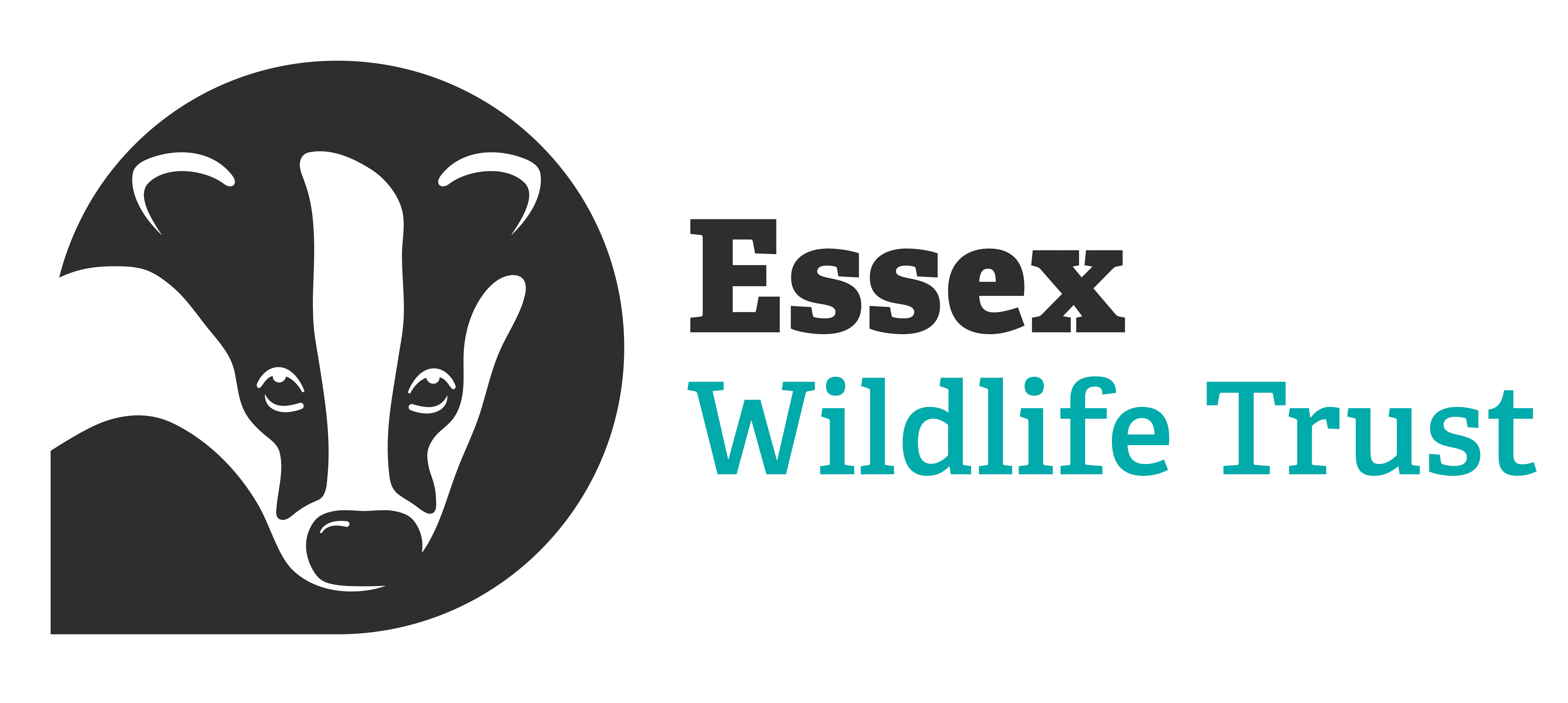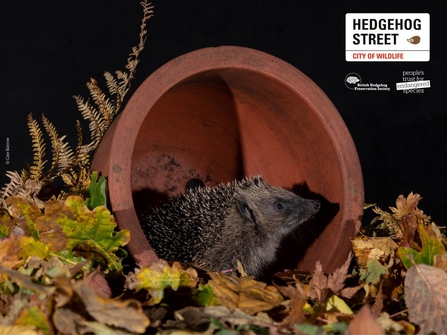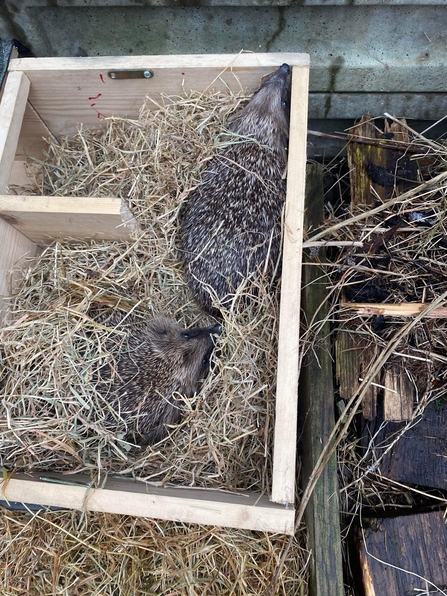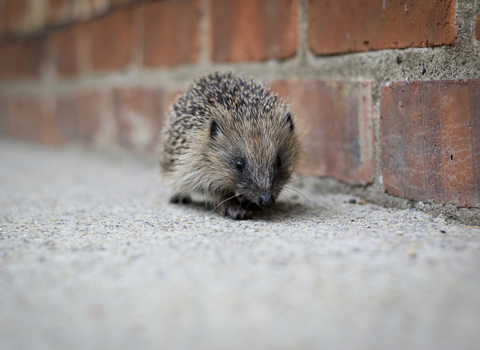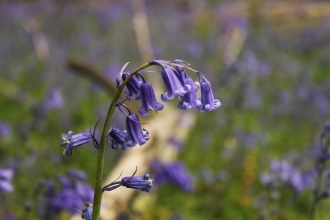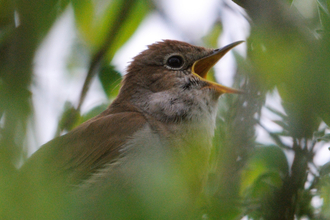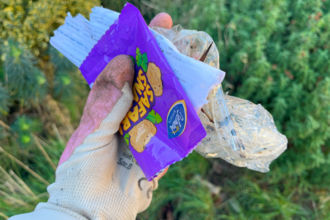Hope for hedgehogs?
In 2011, the first ‘State of Britain’s Hedgehogs’ report showed that hedgehog numbers had been in decline for over a decade. Hedgehogs were put on the International Union for Conservation and Nature (IUCN) Red List as ‘vulnerable to extinction' in Great Britain. In a new report conducted by the People’s Trust for Endangered Species (PTES) in collaboration with the British Hedgehog Preservation Society (BHPS), the UK hedgehog population has once again been reviewed.
